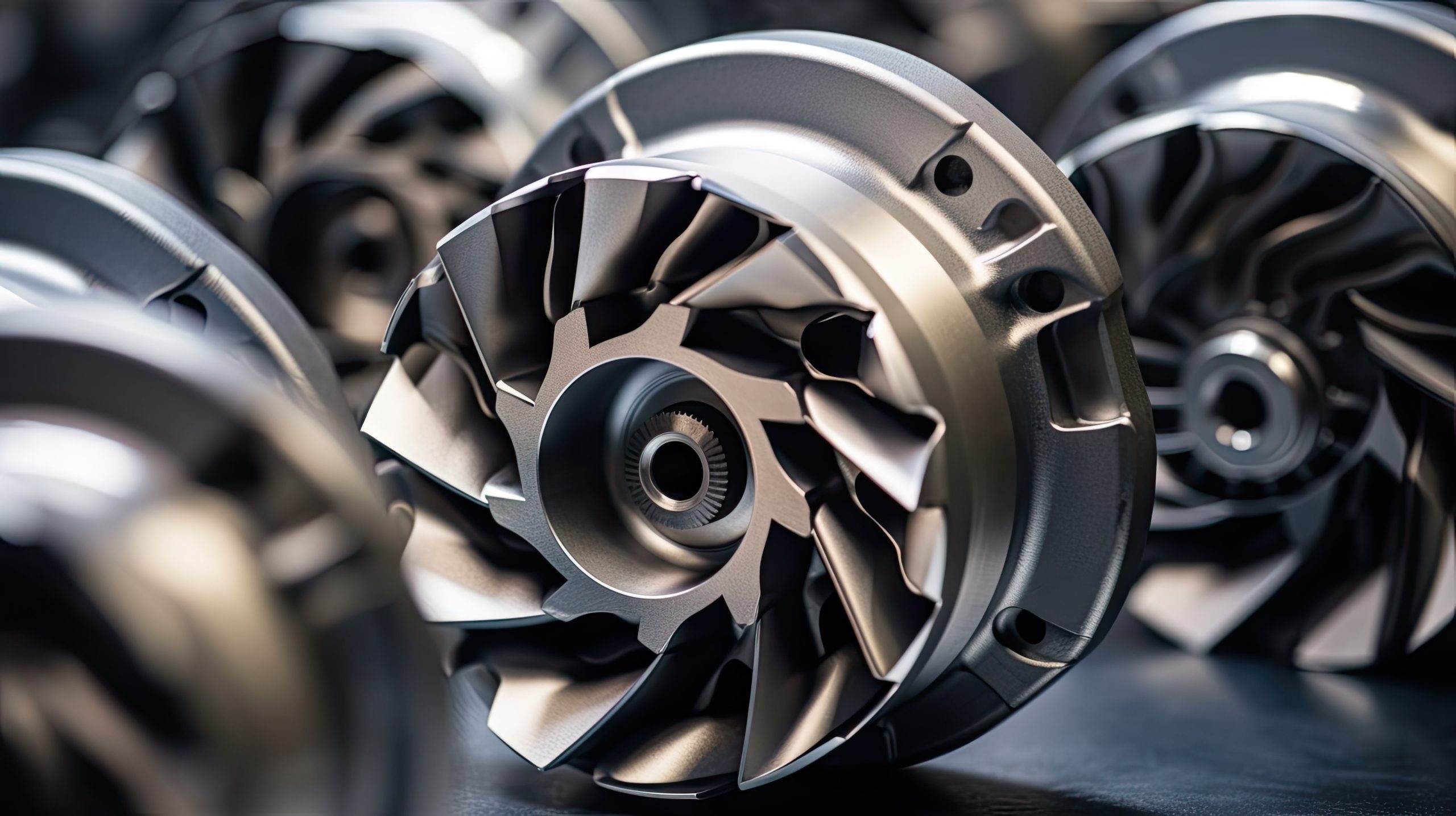Volatility in raw material markets is a defining challenge for advanced manufacturing. Prices for nickel, cobalt, and titanium can swing dramatically within months, driven by geopolitical events, shifts in energy markets, or changes in global demand. For manufacturers building long-term programs in additive manufacturing, this volatility creates uncertainty in cost models and procurement strategies.
The Sources of Volatility
Several factors drive instability in raw material pricing:
- Geopolitical concentration: Cobalt mining is heavily concentrated in the Democratic Republic of Congo, while titanium sponge production is limited to a few countries. Political unrest or trade restrictions can cause sudden supply shocks.
- Energy markets: Mining and refining of virgin metals are highly energy intensive. Rising oil, gas, or electricity costs quickly feed into higher metal prices.
- Market demand cycles: Aerospace, automotive, and energy industries all compete for the same limited metal resources. A surge in one sector—such as increased demand for batteries in electric vehicles—can drive prices upward across unrelated industries.
The result is a pricing environment that is unpredictable, often leaving manufacturers exposed to sudden cost increases.

The challenge has historically been material availability. Many high-performance alloys optimized for casting have not been widely available as powders suitable for AM. Qualification programs are now bridging this gap, unlocking alloys like M247 for use in binder jetting and LPBF.
Continuum’s Contribution
Continuum Powders plays a pivotal role in this transition. By producing M247 and other nickel-based superalloys through its Melt-to-Powder process, Continuum provides powders tailored for AM platforms. These powders are derived from reclaimed aerospace-grade feedstock, ensuring both performance and supply assurance.
Through strict control of particle size distribution, oxygen levels, and chemical composition, Continuum ensures that its powders meet the rigorous demands of turbine engine applications. This makes it possible for OEMs and service providers to integrate AM into production without compromising material integrity.
Unlocking Next-Generation Turbine Components
With AM-ready M247, manufacturers can design and produce components such as hot-section blades, vanes, and combustor parts that were once constrained by casting processes. AM enables rapid iteration of designs, improved cooling channel architectures, and reduced overall part counts—benefits that translate directly into higher efficiency and lower operating costs for turbines.

Continuum’s model provides traceability and assurance at every step: scrap inputs are carefully sourced and analyzed, and powders are atomized under tightly controlled conditions. The result is consistency that insulates manufacturers from the worst effects of raw material price swings while supporting long-term production planning.
Stability in an Unstable Market
By turning scrap into powder, Continuum helps manufacturers decouple powder availability and pricing from some of the volatility that plagues virgin metals. This doesn’t eliminate global market pressures entirely, but it provides customers with a more predictable and resilient supply stream.
Siemens Energy’s adoption of reclaimed powders illustrates this shift. For a company operating in one of the most materials-intensive industries in the world, stabilizing input costs while maintaining technical performance represents a meaningful advantage. It demonstrates that advanced manufacturers can meet demanding specifications and insulate themselves from market instability at the same time.
For OEMs and service providers seeking to scale AM production, this stability is just as critical as material performance. It allows cost models to be more accurate, procurement to be more reliable, and long-term program planning to move forward without the constant risk of disruption.